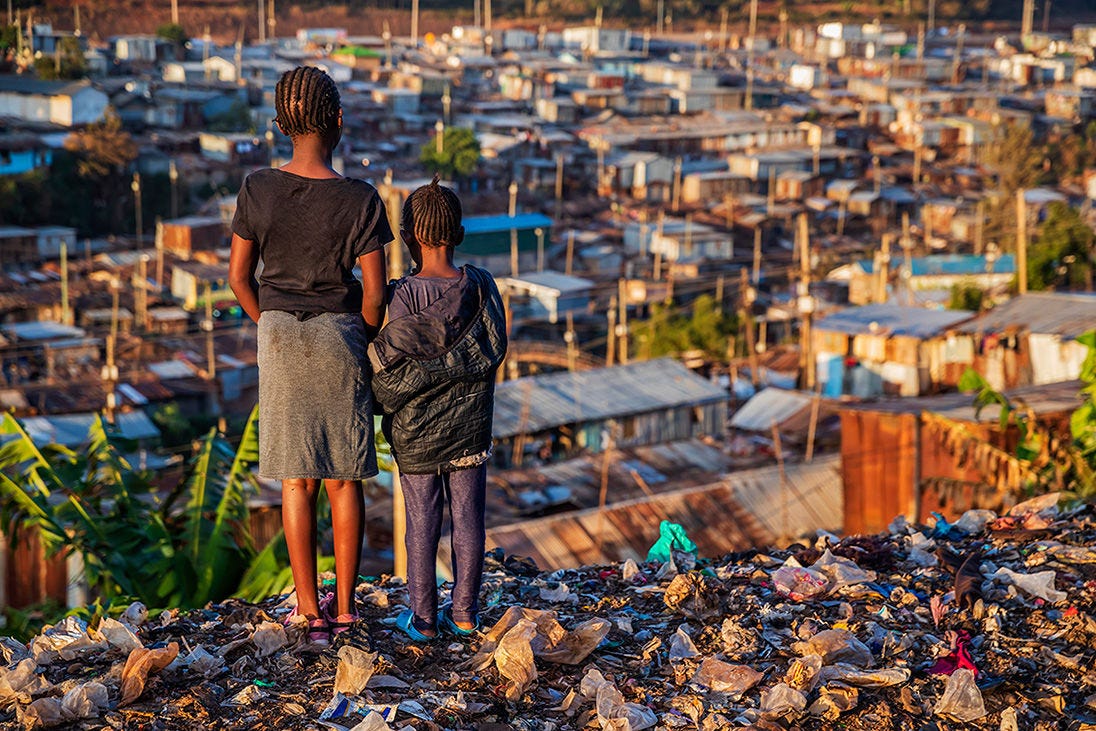Since 2016, the OECD has been assessing fragility in most countries and contexts across the world using a multidimensional framework covering economic, environmental, human, political, security and societal dimensions. It uses 8 to 10 quantitative indicators in each of the six dimensions for a total of 57 indicators.
Conflict and fragility
The convergence of inequality and fragility increases conflict risk and hinders sustainable development. The OECD offers policy solutions, data, and expertise to help development co-operation providers remain engaged in "fragile contexts”, i.e. communities, systems or states struggling to cope with a combination of risks at a given time.

Key messages
Countries cannot simply grow out of fragility: economic growth is a necessary but insufficient condition. There are now more middle-income contexts classed as fragile than low-income. They face specific fragility-related challenges linked to debt sustainability, sub-national violence, and conflict spillovers.
Conflict-affected contexts tend to be fragile, but the bulk of fragile contexts are not in a state of war. Fragility however increases the risks of conflict or crisis. Helping countries and communities to address its drivers is thus key to preventing conflict and supporting peace.
Fragility makes it hard to adapt to climate change, manage related risks, and cope with the impacts of biodiversity loss and environmental degradation. Yet, fragile contexts – and the extremely fragile in particular – remain under-served by climate-related development finance. The OECD offers insights into ways to prioritise action on climate and environmental fragility and access the financing necessary to do so.
Forced displacement creates urgent humanitarian needs, but it often also becomes a long-term phenomenon: with little perspective of returning to their countries of origin, many forcibly displaced people find themselves caught in a hosting environment that is already fragile. Beyond humanitarian support, therefore, development partners must facilitate their social and economic integration by reinforcing the capacities of national social systems and institutions.
Context
Official development assistance (ODA) decreases in the most difficult contexts
ODA to fragile contexts has started to decrease in 2020, a trend even more pronounced in extremely fragile contexts. What has, on the other hand increased, is multilateral engagement, either as humanitarian assistance from the United Nations agencies or through development cooperation from international financial institutions.
The more fragile a country, the less climate-related development finance it receives
The bulk of DAC members’ climate-related development finance to fragile contexts consists in concessional ODA, rather than non-concessional official flows. Strikingly, the extremely fragile contexts among them have been receiving only a stubbornly small amount, and a declining proportion of that climate-related ODA.
Latest insights
Related publications
-
 Policy paper23 March 2024
Policy paper23 March 2024
Related policy issues
-
Effective, inclusive and accountable institutions are pivotal for development, ensuring the delivery of quality public services, and upholding the social contract. They demand accountability, checks and balances, a democratic culture with a vibrant civil society, and free media. Vital for inclusivity, they work to prevent marginalisation based on gender, age, disability, or location. Combatting corruption and illicit flows is essential for institutional effectiveness. Official development assistance (ODA) can be instrumental in achieving effective institutions.Learn more
-
Violence in West Africa is at an all-time high. The number of violent events and fatalities is constantly rising. Violence is also spreading to coastal states along the Gulf of Guinea. To better understand these trends, SWAC examines both the geographical dimensions of conflict, as well as the relationships between actors in conflict. Innovative spatial and dynamic social network analyses provide insights into security challenges in the region.Learn more


